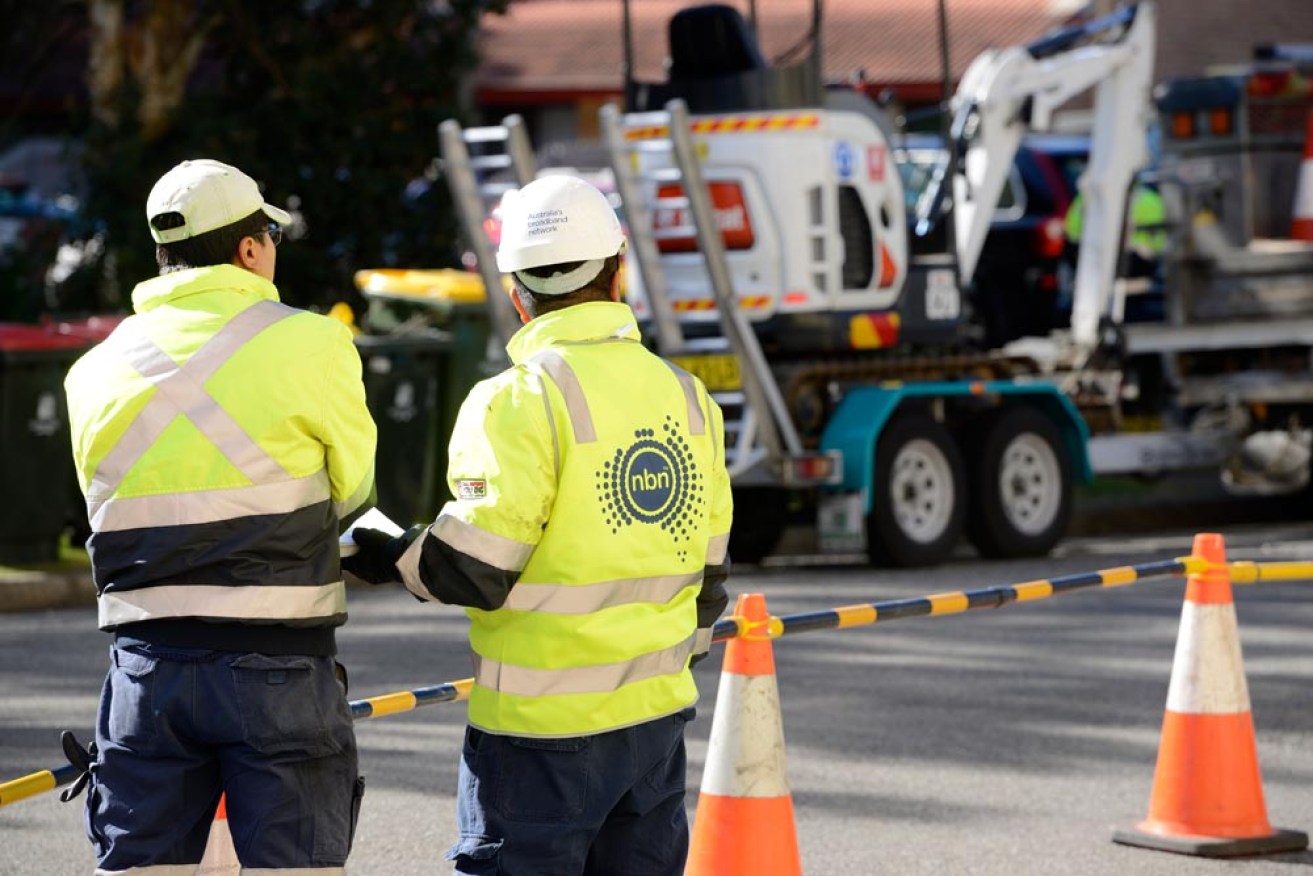NBN backflip: Copper was always going to be a losing bet


Australians have paid more and gotten a worse NBN thanks to the Liberals, Michelle Rowland says. Photo: NBN Co
When political parties are incapable of taking a long-term view, and consistently put politics ahead of the public interest, it invariably extracts a heavy price.
Australians have paid more and gotten a worse NBN, and no matter how much spin the Liberals churn out, that is the stark reality.
This build-a-dud and backflip-it-later approach means NBNCo is now borrowing billions more to construct a fibre network that will run in parallel with the existing copper network.
Critically, despite new cost blowouts and rhetoric about upgrades, the government has only budgeted for 1 in 10 households in the copper footprint – 400,000 premises – to receive a fibre lead-in between now and 2024.
On top of this, the full copper network will have to be operated and maintained, while the fibre network constructed in parallel goes underutilised.
You would, in all sincerity, be hard pressed to think up a stupider way to deploy a National Broadband Network with public money.
After $51 billion dollars, the purchase of 50,000 km of new copper, and a decade of ridiculing fibre, not only has the Government forfeited its credibility, but they have done so without explaining what the real cost of their capitulation is.
This backflip is not simply a vindication of Labor policy, but an affirmation of something more fundamental: the Liberals get the big calls wrong.
If we had a second-rate network that was much cheaper or faster to build, you could have a debate about the merits of one versus the other.
But we don’t.
Malcolm Turnbull promised to deliver the NBN for $29.5 billion. Then it became $41 billion. Then $49 billion. Then $51 billion. This latest cost blowout could reach $57 billion.
In contrast, the original fibre rollout had a peak funding forecast of under $50 billion with a completion date by the end of 2021.
I’ve previously said that when Mr Abbott and Mr Turnbull announced their 2013 policy I’m sure they believed their approach would be cheaper.
The problem was the NBN was far more complex than anyone outside of company management could have anticipated.

Australians have paid the price for a broadband network built with outdated technology. Photo: NBN Co
Once the tinkering began under Turnbull the show fell apart, and the costs of the ageing technologies blew out beyond repair.
Evidently, the decision in 2013 to dump fibre has resulted in a colossal waste of money and time.
Senator Conroy and Mike Quigley possessed a far deeper understanding of not only the technology, but critically, the economics of the network they were building and the future demand associated with it.
It’s genuinely instructive to examine the deep logic that joined up Labor’s policy architecture, its political values and the economics of the fibre network.
Conroy recognised that Telstra’s market dominance, and its retail profit margins, were siphoning an excess of earnings to shareholders at the expense of the fixed-line investment our digital economy needed to be world-class.
A value transfer was needed to support investment, and with Telstra’s then-boss Sol Trujilo unwilling to play ball, the then prime minister Kevin Rudd decided it was time to act, and in doing so, captured the public imagination with his vision for a world-class fibre NBN.
Conroy used his political capital to take the structure apart, and NBN Co was established as a new wholesale-only network operator.
Not only did this enhance competition which to this day helps keep retail prices in check, but it established the framework to help fund fibre to 93 per cent of the nation, with uniform pricing for regional communities in the final seven per cent.
Access and equity was integrated into the business model.
Mike Quigley, the first chief executive of NBN Co, is a passionate, cerebral and methodical engineer whose ultimate loyalty is to reason and logic.
He understood well before others that the long-term economics of a full-fibre NBN would not only prevail, but serve the taxpayer and the country well.

Many former fibre critics have now changed their tune. Photo: NBN Co
The key to cross-subsidising the regions and providing taxpayers with a modest return was generating strong cash flows, which only a technology with low operating expenses and high revenue potential could achieve – fibre to the premises.
Many people who were openly critical of this model then privately laud its intricacies now.
For all their talk, neither Mr Turnbull nor Mr Fletcher ever understood the construction side economics of the NBN or the cash flow implications of the technology choices governments made.
Senator Conroy and Mike Quigley did, and both were a decade ahead of their time.
Do it once, do it right, and do it with fibre.
Had we done so, families and businesses would have had world-class connectivity sooner, and at far less cost to the Australian taxpayer.
Michelle Rowland is Labor’s Shadow Minister for Communications








